As the world of digital marketing and SEO continues to evolve, website owners and marketers must stay abreast of the latest trends to remain competitive. One aspect of website design and optimization that has received increasing attention is the concept of Core Web Vitals.
In this article, we'll explore what Core Web Vitals are, why they're essential for website user experience, and how they impact SEO.
What Are Core Web Vitals?
First, let's define Core Web Vitals. Core Web Vitals are a set of metrics that measure the quality of a user's experience when interacting with a website. These metrics are designed to help website owners and marketers understand the key aspects of user experience such as load time, interactivity, and visual stability.
Here are the three metrics of Google core web vitals.
Largest Contentful Paint (LCP)
This metric measures the time it takes for the largest content element on a website (such as an image or block of text) to load and become visible to the user. The goal is to ensure that the main content of the page loads quickly, providing a better user experience.
The LCP should be less than 2.5 seconds. Google recommends that the LCP should be less than 2.5 seconds, as anything longer than this is likely to have a negative impact on user experience.
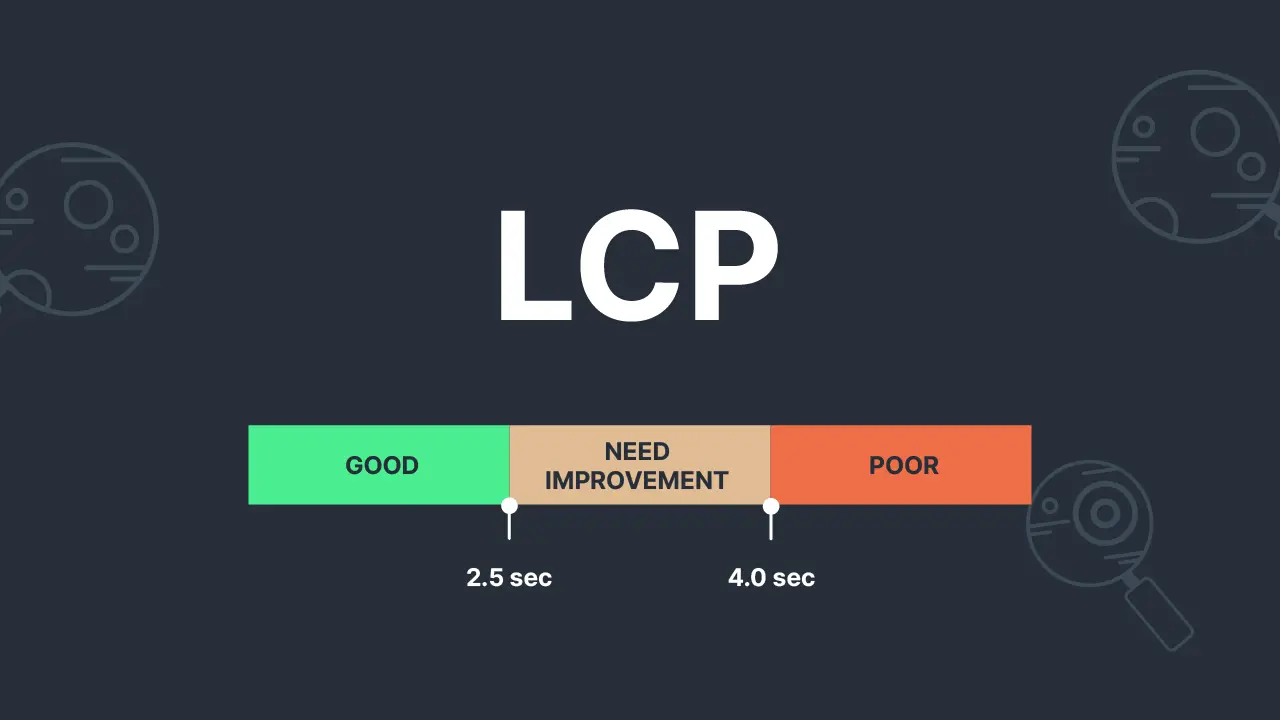
Picture 1: The good, need improvement, and poor LCP score
First Input Delay (FID)
FID metric measures the time it takes for a website to become interactive, such as when a user clicks a button or fills out a form. The goal is to ensure that the website responds quickly to user interactions, providing a better user experience.
A good score for FID is less than 100 milliseconds. If your FID score is beyond that number, then you have to fix it. Google will likely notice this and take it as a ranking signal.
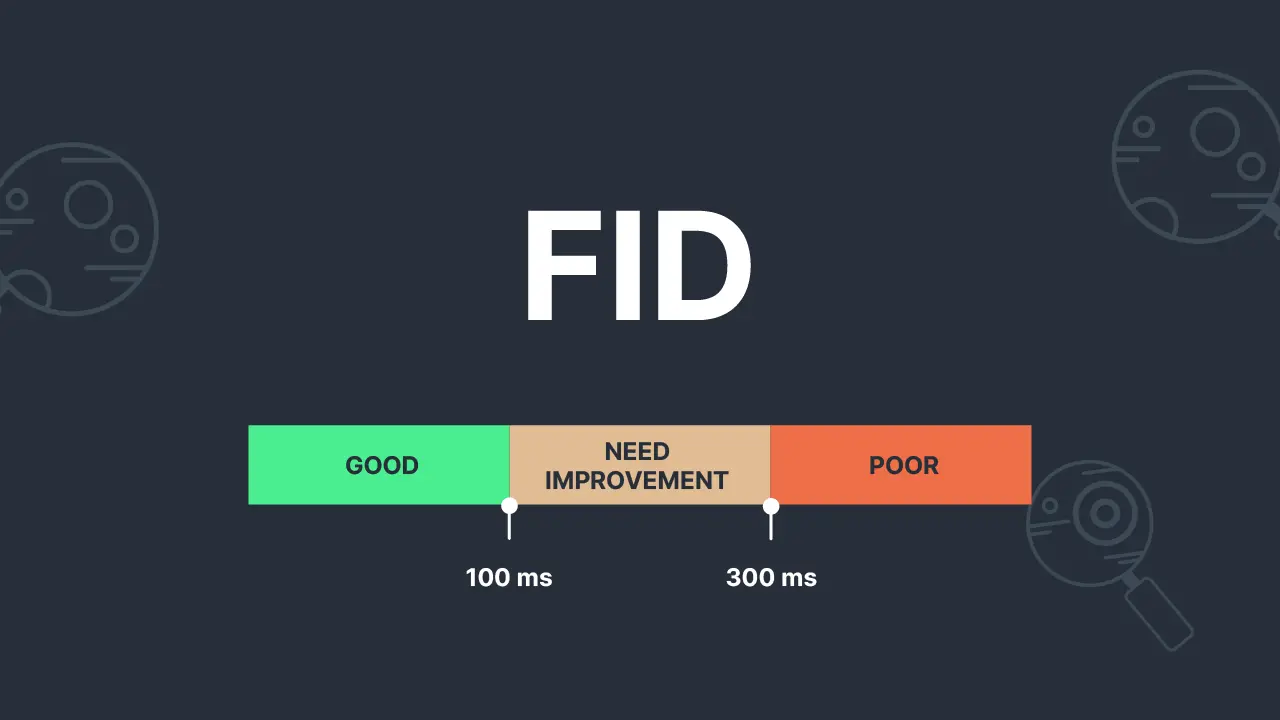
Picture 2: The good, need improvement, and poor FID score
Cumulative Layout Shift (CLS)
This metric measures the visual stability of a website, taking into account how much the content moves or shifts around as it loads. The goal is to ensure that the content remains in place and doesn't shift or jump around as the page loads, providing a better user experience.
It is said to be good if LCP is less than 2.5 seconds. The longer it takes, the worst the user experience will be. If the LCP is slow, it can result in a poor user experience, causing visitors to leave the website quickly. This can negatively impact your website's search engine rankings, as search engines consider user experience as a ranking factor.
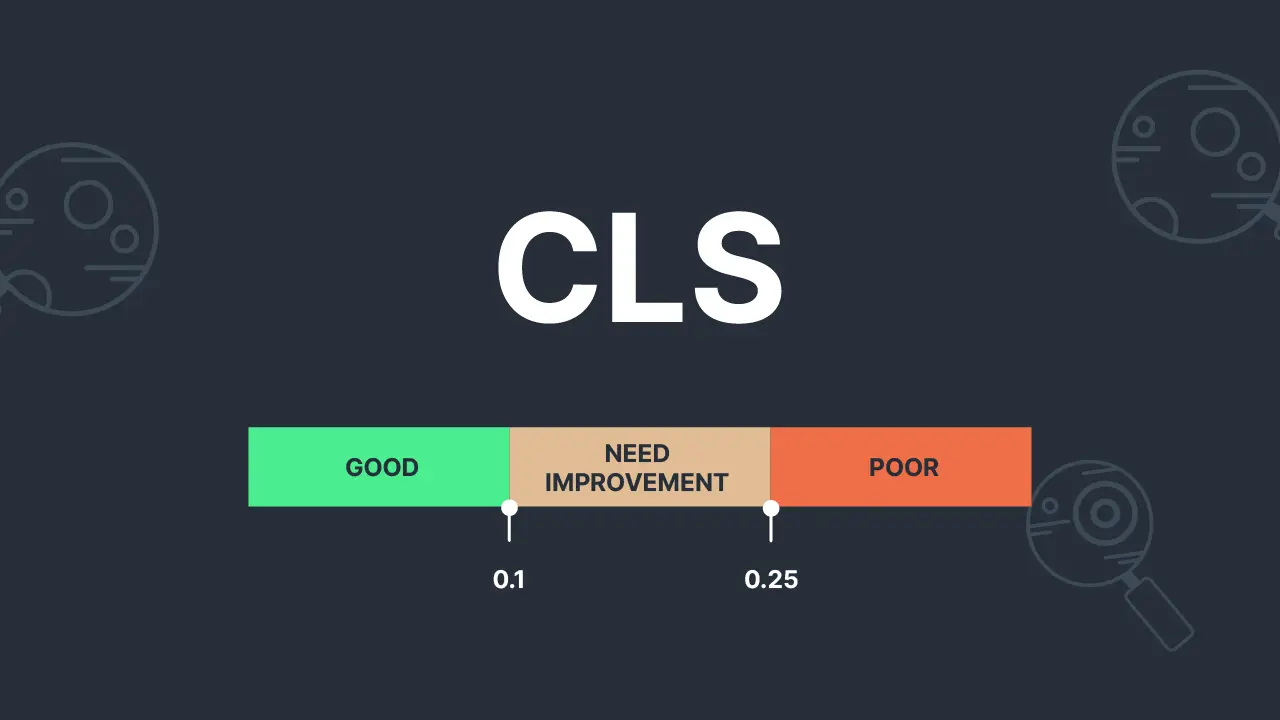
Picture 3: The good, need improvement, and poor CLS score
These three metrics are important indicators of the quality of user experience on a website, and improving scores in these metrics can lead to increased engagement, lower bounce rates, and better search engine rankings.
Impact of Core Web Vitals on SEO
Core Web Vitals play a crucial role in a website's overall SEO strategy. Improving the scores for these metrics can have a positive impact on a website's search engine rankings. Before you know the tangible impact, these are things you need to understand.
How Google Uses Core Web Vitals as Ranking Signal
Google uses Core Web Vitals as a ranking signal in its search engine algorithm. This means that websites that have good scores for Core Web Vitals, such as LCP, FID, and CLS, will have a better chance of ranking higher in SERP.
This is because Google considers the user experience to be an important factor in its ranking algorithm, and Core Web Vitals are a measure of user experience.
How Improving Google Core Web Vitals Impacts SEO
If you managed to improve the Core Web Vitals, you can get the bellow benefits:
Higher Engagement and Lower Bounce Rates
By improving Core Web Vitals, you can improve the user experience on your website. A good user experience can lead to higher engagement. This is because visitors spend more time on the website and exploring more content.
Additionally, a good user experience can also lead to lower bounce rates, as visitors are less likely to leave the website quickly due to slow loading times or other performance issues.
Higher Search Ranking
Improving Core Web Vitals scores can also have a positive impact on a website's search engine rankings. Google considers the user experience to be an essential factor in its ranking algorithm, and good scores for Core Web Vitals indicate that a website is providing a positive user experience.
By improving Core Web Vitals scores, you can improve your website's visibility in search engine results and drive more traffic to your website. It is proven that users will more likely to click the first page results compared to the next pages.
How to Measure Core Web Vitals
There are several ways to measure Core Web Vitals and assess the user experience of a website. Two popular options are using Google Search Console and using a site audit tool such as Sequence Site Audit.
Using Google Search Console
Google Search Console is a free tool offered by Google that provides website owners with detailed information about their website's performance in search engine results. This includes data on Core Web Vitals.
To access Core Web Vitals data in Google Search Console, you will need to add and verify your website with the tool. Once this is done, you can view Core Web Vitals data in the "Experience" section. Here, you will see an overview of your website's performance for each of the Core Web Vitals metrics, as well as more detailed information on how to improve performance if needed.
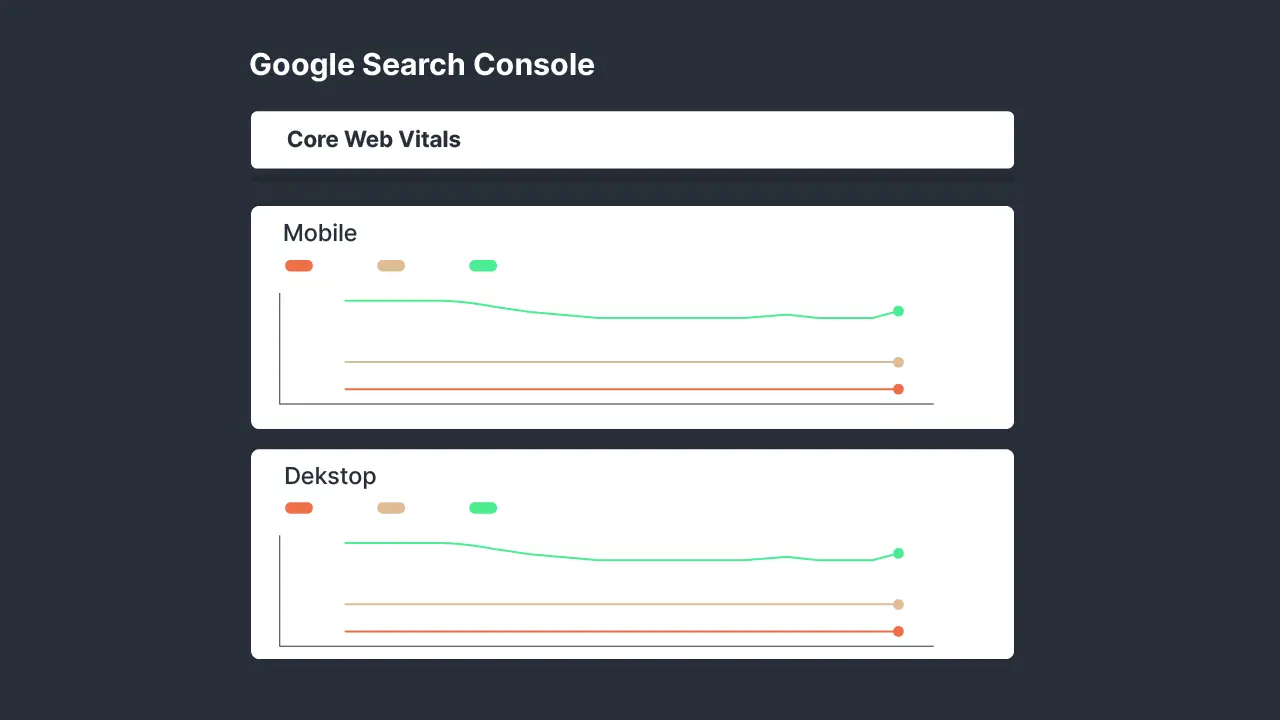
Picture 4: Core Web Vitals on GSC
Using Sequence Site Audit
Sequence Site Audit is a site audit tool that allows website owners to assess the performance and user experience of their website. This tool provides detailed information on a wide range of performance metrics, including Core Web Vitals.
You can receive the audit results in your email and analyze the Core Web Vitals score so that you can define the improvement strategy. Not only about Core Web Vitals, but almost all site audit results can be seen through the report.
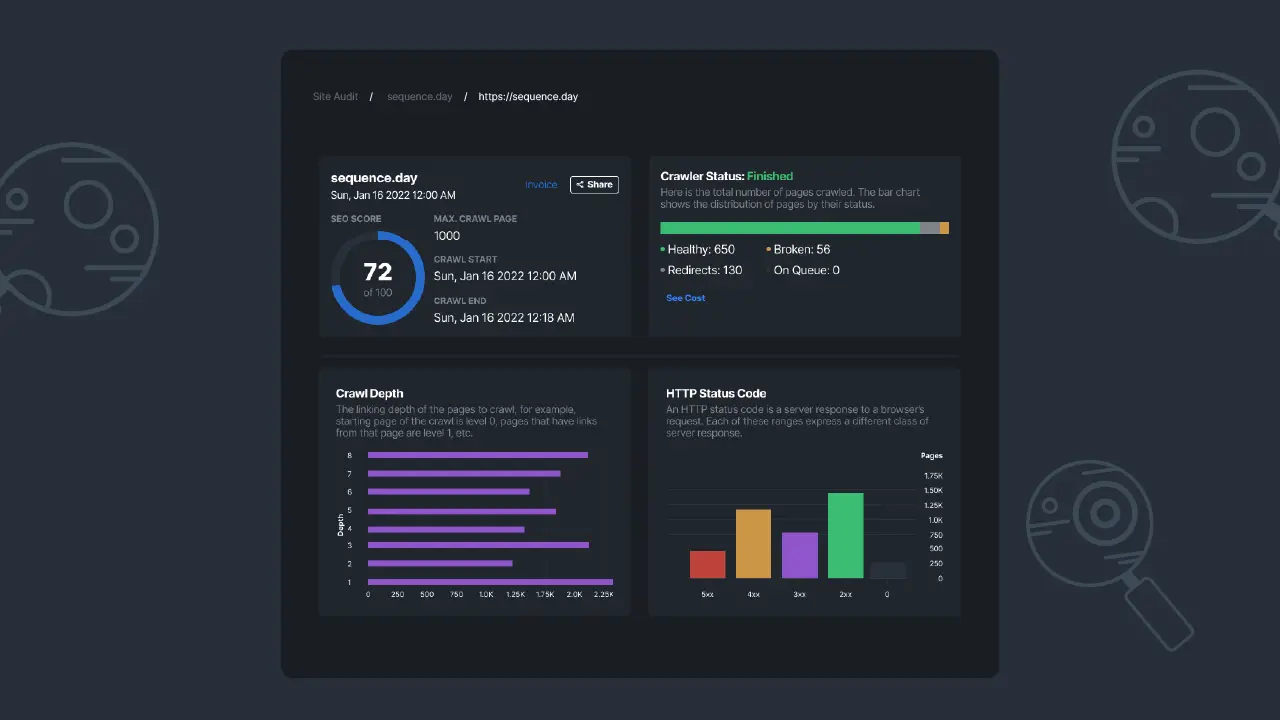
Picture 5: Example of Site Audit Report
Conclusion
In conclusion, Core Web Vitals are critical components of website user experience and have a significant impact on a website's SEO.
Google has recognized the importance of Core Web Vitals and uses these metrics as a ranking signal in its search engine results. This means that websites with good Core Web Vitals scores are likely to rank higher in search engine results, while websites with poor scores may see a decrease in rankings.
In order to measure the metrics, website owners can use tools such as Google Search Console and Sequence Site Audit. These tools provide detailed information on website performance, allowing website owners to assess their website's performance and make improvements as needed.
Go Register to Sequence Stats to enjoy those features!